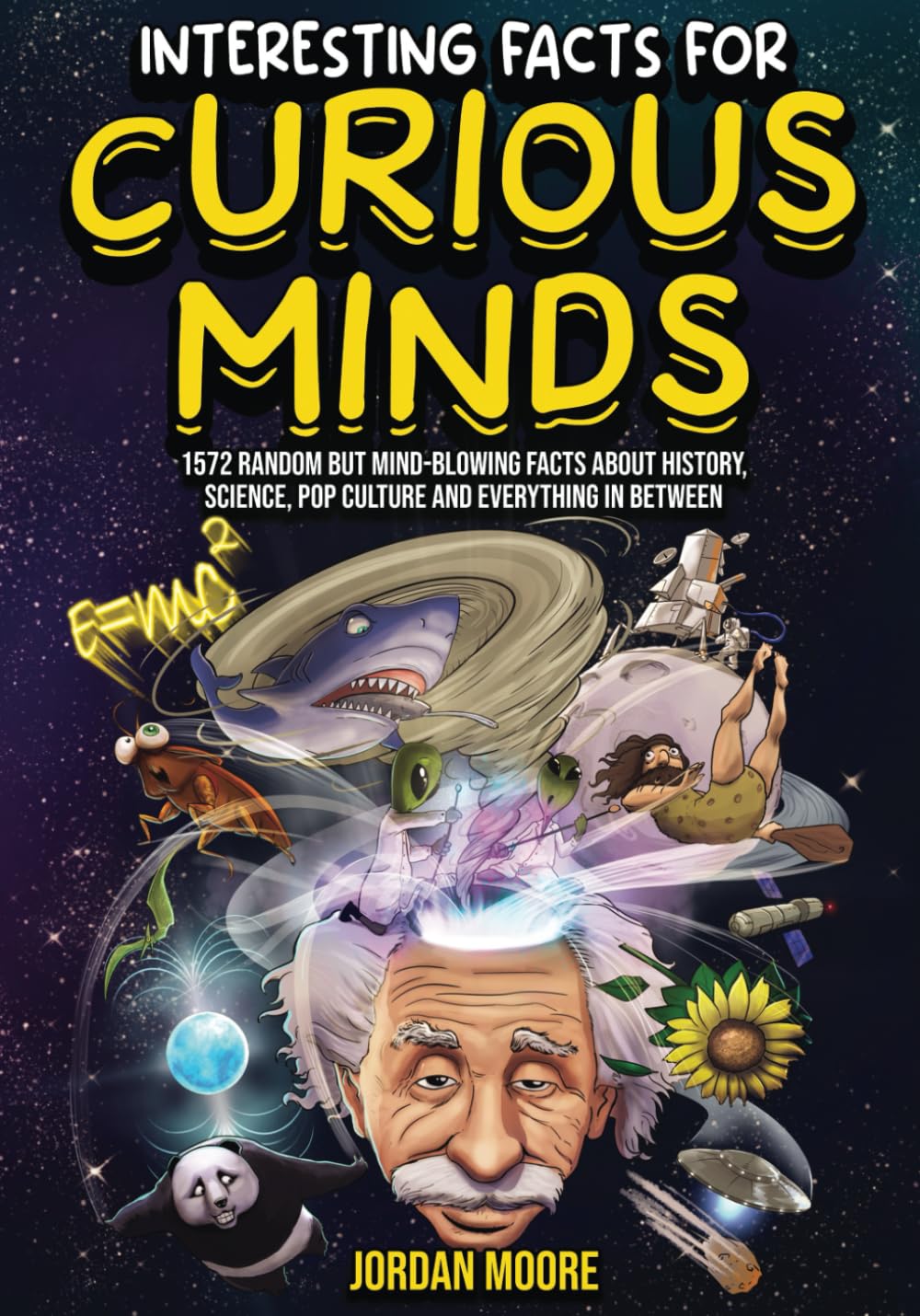
Interesting Facts For Curious Minds: 1572 Random But Mind-Blowing Facts About History, Science, Pop Culture And Everything In Between
Interesting National Flag And Anthem Facts
byInteresting national flag and anthem facts showcase the diversity and history behind some of the world’s most recognizable symbols of nationhood. One of the most intriguing facts is that Liberia’s national flag closely resembles that of the United States, with the primary difference being the number of stars. Liberia, founded in 1847 by freed American slaves, adopted this flag as a symbol of their connection to their roots. Similarly, national flags around the world have evolved from military flags, which have been in use for centuries. The British Union Jack and the Dutch flag, both originating in the 1600s, are among the first true national flags, reflecting the military and political identities of the time. This transition from military symbols to national identity markers reflects the changing dynamics of statehood and nationalism that have developed over the centuries.
National anthems, like flags, carry a rich history that often reflects the cultural and political climates of their times. For example, the Greek national anthem, “Hymn to Freedom,” stands as the longest anthem in terms of text length, with 158 stanzas. Based on a poem by Dionysios Solomos written in 1823, it serves as both a patriotic and historical symbol of Greece’s fight for independence. On the other hand, the anthem of the United States, “The Star-Spangled Banner,” written by Francis Scott Key in 1814, didn’t officially become the national anthem until 1931, highlighting how national symbols can evolve over time. Similarly, the anthem of Andorra, “The Great Charlemagne,” is unique in that it is written from a first-person perspective, a feature not found in any other national anthem, adding to the distinct identity of the country. These examples show that national anthems are more than just songs; they are anthems of identity, often deeply rooted in a nation’s history and struggles.
Some countries’ flags also boast unique characteristics that are steeped in their cultural and political history. For example, the flags of Switzerland and Vatican City are the only two that are perfectly square, whereas every other country has a rectangular flag. This shape difference makes them stand out in the global collection of national flags, symbolizing their unique status. Additionally, the flags of both Australia and New Zealand feature the Southern Cross constellation, which is visible in the Southern Hemisphere. However, while New Zealand’s flag displays red stars, Australia’s stars are white, with the Commonwealth Star included to represent Australia’s states. Similarly, Brazil’s flag stands out with a globe featuring 27 stars, symbolizing the nation’s states and federal district, with the positioning of the stars reflecting the sky over Rio de Janeiro on the night of Brazil’s independence. Each of these flags tells a story of national pride, geography, and history, revealing the diverse ways in which countries represent their identities on the world stage.
In conclusion, interesting national flag and anthem facts not only reveal the historical and cultural significance behind these symbols but also offer a deeper understanding of the values and identity each country holds dear. From the unique flags of Nepal and Switzerland to the symbolic meaning of the stars on Brazil’s flag, every design tells a story of national pride, history, and culture. National anthems, such as the simple and ancient “Kimigayo” of Japan, or the complex “Hymn to Freedom” of Greece, embody the struggles and triumphs of their nations. These national symbols, whether through flags or songs, serve as a testament to the identity, unity, and enduring spirit of the people they represent. As we continue to explore these facts, it becomes evident that each nation’s flag and anthem is much more than just a visual or musical representation; they are deeply embedded with stories of struggle, identity, and unity.

